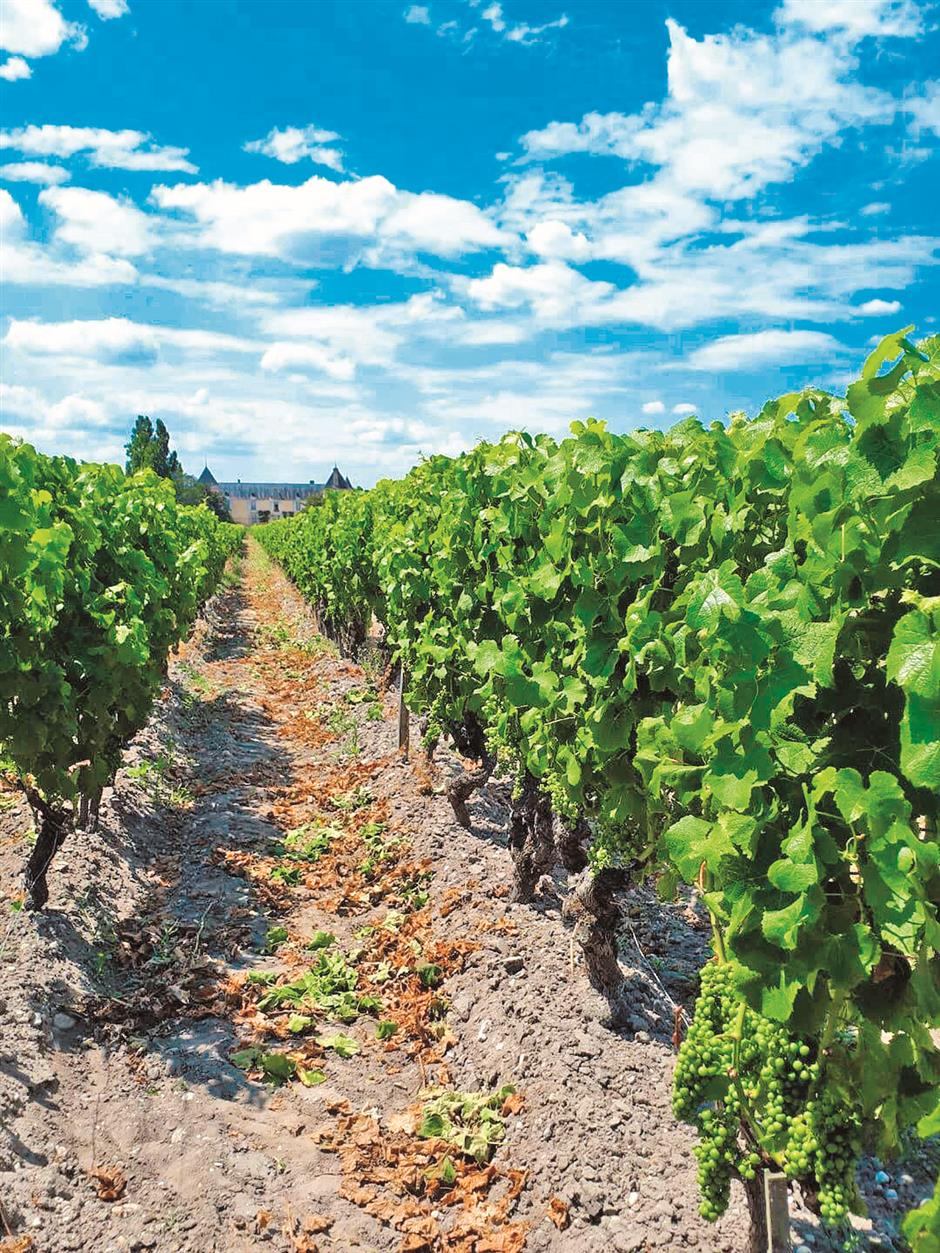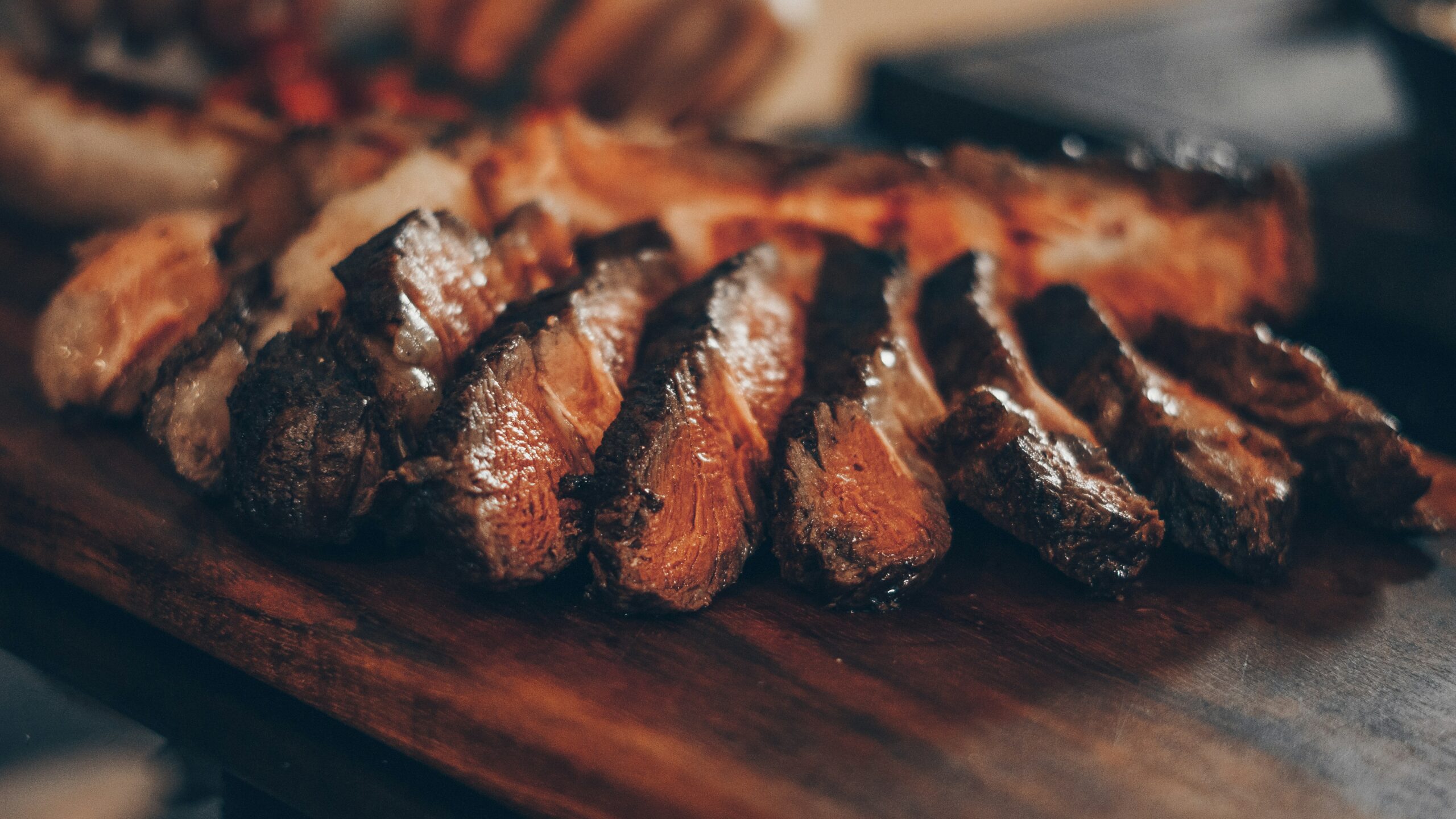Summary
Loved by some and scorned by others, stinky foods play significant roles in many of the world’s great cuisines. As introduced in today’s paper, China boasts a number of regional stinky treats.
Most famous of all may be stinky tofu, a particularly pungent preparation of bean curd that can have distinct preparations and qualities in many of China’s regional cuisines. Some of the most notable examples come from Changsha, Shanghai, Beijing, Wuhan and Taiwan. Another famously pungent dish hails from Anhui Province. The salt-cured, elaborately prepared stinky mandarin fish is a signature dish of the Hui cuisine that’s otherwise generally quite mild aromatically and taste-wise.
Stinky Chinese dishes originated thousands of years ago as a way to preserve foods. Many people acquired a passion for these foods and they’ve been diet mainstays even since. In China and elsewhere, most stinky foods and dishes have quite complex aromatic compounds and therefore it’s not such a great leap in faith to want to pair these foods with an equally complex and aromatic wine.
When searching for wine partners for stinky Chinese dishes it’s remarkably helpful to borrow ideas from the experience of Europeans in matching their stinky cheeses with wine. Whether its English Stilton, French Roquefort or Italian Gorgonzola, these cheeses are always best with balanced sweet wines. Sweet wines with a good acidic backbone effectively offset the pungent flavors of pungent foods while balancing and freshening the palate. One style that nobly achieves this is one of the world’s greatest sweet wines.

Sauternes
The Sauternes AC region is located in the Graves district of Bordeaux about 40 kilometers southwest of the city of Bordeaux. The most important grape in making Sauternes sweet wines is Semillon that in the proper climatic conditions is prone to become infested with fungus that causes the grapes to rot and lose much of their water content. Sauvignon Blanc and sometimes a little Muscadelle are added to the blend.
Sauternes like most of the Bordeaux region enjoys a maritime climate with two rivers boarding and intersecting the region. In most vintages, the warmer waters of the Garonne River that flows to the Atlantic and its cooler tributary the Ciron River interact to form a mist that envelops the vines of Sauternes. From the late evening to early morning the moisture coating the grapes helps activate dormant spores of the Botrytis Cinerea fungus. The morning and afternoon sun then dissipate the moisture and dry the skin of the grapes thereby preventing the development of the more destructive grey rot fungus. This rather complex process that leads to the noble rot doesn’t happen every year.
Sauternes has also experienced its share of scandals and questionable practices. Because noble rot is not a given in every vintage some producers have been known to use sulfur to stop the process of fermentation and retain more sweetness. More accepted-yet-still-controversial processes are cry-extraction where grapes are frozen to eliminate water and concentrate sweetness and chaptalization where concentrated grape juice is added to the grape must prior to fermentation. Both processes are usually only used on off years.
Despite their incomparable qualities, sweet wines including Sauternes have become less fashionable in the West. The decline of sweet wines has been a long and gradual trend. The preferred wines of ancient Greece and Rome were appreciably sweeter than modern wines. The ancients would often add honey or other ripe or sweetened fruits to their wines to make them more appealing.
When the Roman Empire fell and Europe settled into the Dark Ages, it was the Catholic monks working at monasteries who keep the art and science of winemaking alive. Favoring sweet or off sweet wines, these holly men would often stop the fermentation process to retain residual sugar. At the advent of the 20th century, sweet German Rieslings and Hungarian Tokaji wines were especially prized and costed as much or frequently more than first growth Bordeaux wines.
This sweet fall from popular grace has one very obvious benefit, great sweet wines including many Sauternes are relatively affordable. The exception to this is of course Chateau d’Yquem, the one and only Premier Cru Superieur. Other more budget pleasing but still excellent Sauternes wines include the Premier Crus Chateaux Climens, Suduiraut, Rayne Vigneau, Chateau Rieussec, La Tour-Blance and Coutet as well as the Duexiemes Crus Chateaux d’Arche, Caillon, Fihot and Nairac. All the aforementioned wines provide a superb sweet wine experience and make fines partners to stinky Chinese dishes.
Even less pricy and still eminently drinkable are generic Sauternes AOC wines from big Bordeaux brands like Mouton, Ginestet, Bernard Magrez. These wines are sourced from contracted chateaux in the region and provide an entry level experience into the greatness of Sauternes.
The complexity and intrinsic balance between sweetness and acidity mean that Sauternes wines are wonderful companions not only to stinky Chinese treats but to a wide range of popular foods. Some ideal partners are goose liver, stinky and well-aged cheeses, raw and cooked oysters and many desserts including Chinese sticky rice sweets.





